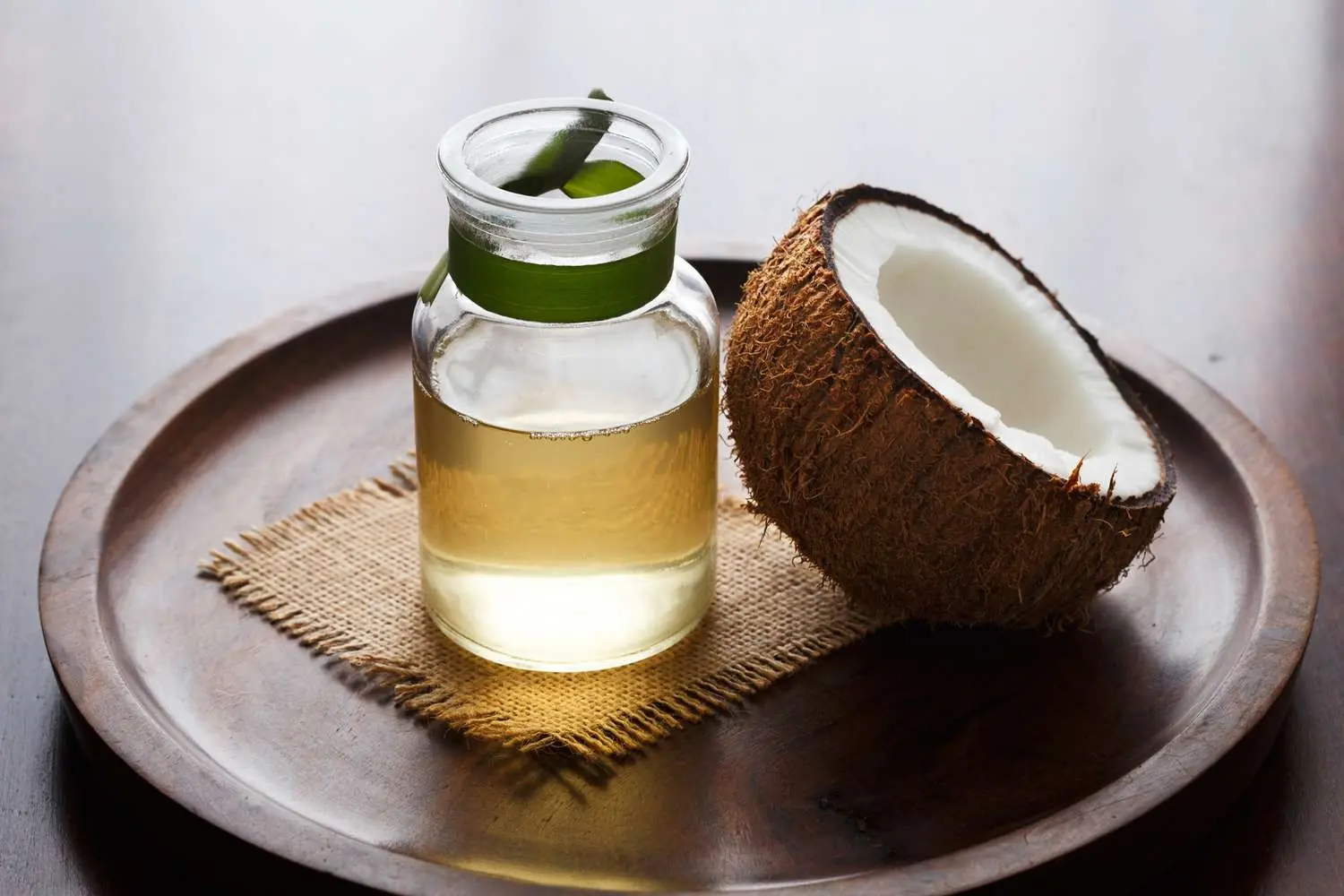
The Top Essential Oils to Relieve Pain and Inflammation (Research Based)
The Top Essential Oils to Relieve Pain and Inflammation (Research Based)
Essential oils have been used for centuries as powerful, natural remedies to combat pain and inflammation. Offering fewer side effects than many pharmaceutical analgesics, these potent extracts are excellent for managing chronic conditions like arthritis, fibromyalgia, migraines, back pain, and nerve pain.
Many essential oils have properties that act as analgesics (pain relievers), while others are potent anti-inflammatories, helping to soothe the mind, relax muscles, and reduce swelling.

Best Essential Oils to Treat Pain and Inflammation
Here are some of the most effective, research-backed essential oils for topical pain management:
Other Powerful Pain Relievers:
-
Juniper: Used to numb pain and treat stiffness associated with arthritis, rheumatism, and gout.
-
Sweet Marjoram: Has sedative and anti-inflammatory properties, useful for headaches, nerve pain (neuralgia), and neck pain.
-
Sandalwood: Fights inflammation, relaxes muscles, and sedates the nervous system to help manage pain, with an anti-inflammatory effect similar to ibuprofen.
-
Clary Sage: Analgesic and muscle relaxant, particularly effective when massaged into the abdominal area for menstrual cramps.
-
Black Pepper: Increases blood circulation to the painful area and reduces inflammation, beneficial for neck and shoulder aches.
-
Lemongrass: Inhibits inflammatory responses by blocking the COX-2 enzyme, providing relief for arthritis and rheumatism.
-
Rose Geranium: A safer alternative to some anti-inflammatory drugs, reducing inflammatory responses in the skin and excellent for shingles and nerve pain.
-
Bergamot: When inhaled, it reduces the sensitivity of your nerves to pain, making it useful for headaches and stress-related anxiety.
How to Use Essential Oils Safely for Pain Relief
Essential oils are highly potent and must be used correctly for safety and effectiveness.
1. Dilution is Key (Carrier Oils)
Never apply essential oils directly to the skin undiluted. They must be mixed with a carrier oil to prevent skin irritation and ensure deeper absorption.
-
Standard Dilution: Use up to 4 drops of essential oil for every of carrier oil.
-
Massage Oil (Larger Areas): Use about of essential oil per of carrier oil.
Excellent Carrier Oils for Pain Relief:
-
Coconut Oil: Has anti-inflammatory and analgesic properties, helping the essential oils penetrate deeper.
-
Castor Oil: Contains ricinoleic acid, which has properties similar to capsaicin, a known natural pain reliever.
-
Olive Oil: Helps reduce pain and inflammatory responses in the skin.
2. Application Methods for Pain Relief
Precautions
-
Pregnancy/Children: Do not use essential oils on pregnant women or young children unless directed by a certified aromatherapist or medical professional.
-
Sensitive Skin: Always perform a small patch test before applying a new oil blend to a large area.
News in the same category


9 Signs of Diabetes That Appear at Night: What You Need to Know!

Healing Kidneys Naturally with Herbal Leaves: Supportive Strategies

If Bruises Keep Showing Up Out Of Nowhere This Is What It Means for Your Health

8 EARLY WARNING SIGNS OF OVARIAN CANCER WOMEN SHOULD NEVER IGNORE THESE

6 Ways Coconut Oil Can Benefit Those With Thyroid Problems

Top 5 Drinks To Improve Vision Naturally (Science-Backed)

12 Surprising Skin Changes That May Signal Diabetes (A Must-Know Guide)

Science-Backed Benefits of Thyme: From Blood Pressure to Bronchitis Relief

5 Common Mistakes When Drinking Water That Can Affect Your Health

Napping During The Day Seriously Affects Brain Aging

14 SYMPTOMS you should pay attention to

The surprising power of 4 seeds to repair your nerves naturally

White Bumps on Your Face Don’t Try to Remove Them

Support Joint Health Naturally

Signs you should know if you have this thing called…

Just One Spoon and You’ll Rush to the Bathroom to Flush Out All the Poop Stuck Inside You

After many years, doctors realized that cancer patients always have 6 things in common in the morning: Thinking back, it was so true

36-year-old teacher died of diabetes despite not liking sweets, doctor said it was due to 4 dishes she loved
News Post

Prince Harry Had Two Close Encounters with Known Stalker During Recent U.K. Visit

A simple tip on how to grow ginger using cement bags, never had such a good yield of ginger

Blanching pork in boiling water, you think it's clean but it absorbs more dirt: This is the right way to do it

Married at First Sight UK fans crown 'best match' after two weeks

Selena Gomez’s kidney donor, Francia Raisa, addresses wedding snub and feud rumors

David Ortiz sparks awkward moment on Fox postgame show: ‘Sounds like Hitler’

Crabgrass for Hair Loss: Natural Remedies and Uses

The Ultimate Healing Tonic: A Powerful Drink to Combat Swollen Feet, Diabetes and Poor Circulation

Goosegrass: Health Benefits and Uses

How to grow ginger at home to have an endless supply (and make it flower)

Asthma Plant Tea – Benefits and Uses of Euphorbia hirta

Chanca Piedra (Stonebreaker): Benefits and Uses

7 benefits and uses of Plantago Major

Chanca Piedra (Stonebreaker): Benefits and Uses

A Call for Help at 2 AM: How One Officer Changed a Boy’s Life with Compassion

Ten Minutes From Tragedy—A Dog’s Warning Changed Everything!

Teen Builds $500 Dialysis Machine That Works Faster Than Hospital Models

A Split-Second Decision: Mother’s Quick Thinking Saves a Child

A Letter from My Doggy Heart
